Text
(adsbygoogle = window.adsbygoogle || []).push({ google_ad_client: "ca-pub-6721980947656506", enable_page_level_ads: true });
0 notes
Text
The Tragedy of the Marquis of Mantua and the Emperor Charlemagne
One of the most obvious cultural expression of the amalgamation of peoples on Sao Tome and Principe can be found in the islands’ recreation of the Portuguese play The Tragedy of the Marquis of Mantua and the Emperor Charlemagne. Written in the 16th century by the blind Madeiran poet, Baltazar Dias, the play now exists in various adaptations in the Santomean socio-cultural environment; in Creole it takes on the title Tchiloli.
In 1973, according to Wallenstein (1974), there were nine Tchiloli groups, although only three were active: Formiguinha da Boa Morte, Florinda de Caixão Grande and Riboque. The groups which put this play on are called Tragédia.
There are currently a dozen groups, though the standard of their work varies a lot.
Tchiloli is a mixture of ceremony, theatre, music and dance characteristic of S. Tomé. In spite of the European aspects of the work, the ritualistic African strands are quite clear and if these had not been recognised and reinterpreted, the work would have been little more than a heavy carnival-style masquerade. To avoid this, African theatre has been studied from many angles to find out what its true nature is. The results, however, have not been encouraging. It is unanimously agreed that an African style of theatre exists but there is no such agreement on what its features are. Without these, some scholars limit themselves to adaptation of studies on the theatre in Europe to the African situation; others, swayed by “source nostalgia” maintain that African theatre is related to traditional ceremonies.
Tchiloli should be seen as emblematic. It is an example of the strength of the popular imagination and has found a solution in which the African cultural heritage has not been negated and other influences have been assimilated to create a spectacle with real African roots.
Partially published in AUSTRAL nº 68
0 notes
Photo
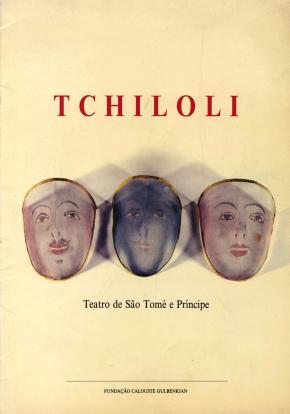
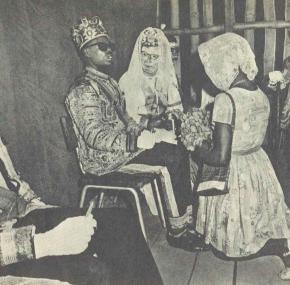


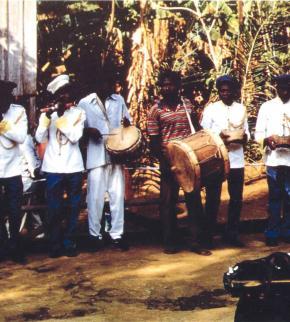


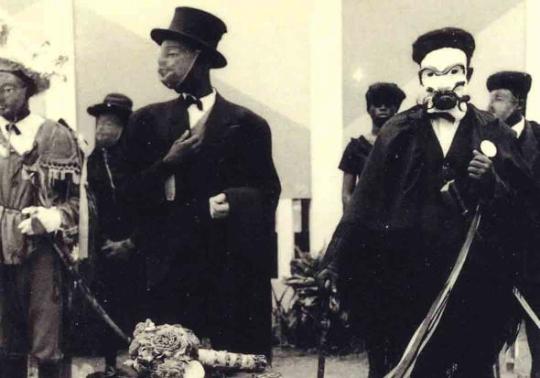
The Tragedy of the Marquis of Mantua and the Emperor Charlemagne
3 notes
·
View notes
Video
youtube
São Tomé e Príncipe - Ocean and Jungle
Documentary
4 notes
·
View notes
Photo
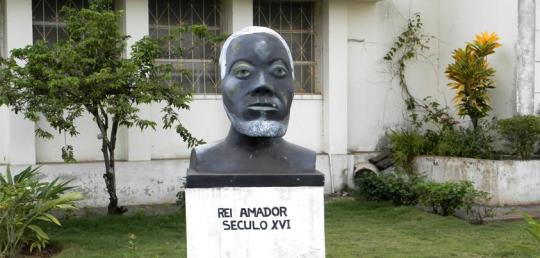
Rei Amador (King Amador) was said to be the King of the Angolares Kingdom and the leader of the famous Slave Revolt of 1595 on the West African Islands São Tomé e Príncipe. Historical records only allow us to say that Amador was a slave but in São Tomé e Príncipe he is seen as a king who mobilized other Africans to escape their enslavement and help create their own free kingdom, a Kilombo.
It is said that on July 9 1595, Amador raised a flag in front of the colonials and proclaimed himself the King of São Tomé e Príncipe, becoming known as King Amador – the liberator of all Black people. The 4th of January is a national day in São Tomé e Príncipe, a day to commemorate King Amador but also the Slave Revolt against the Portuguese slavery system. Still today, Rei Amador is actively remembered and commemorated on the islands as a historical figure of African self-determination and freedom. A statue of King Amador was inaugurated in 2004 by General Secretary of the United Nations, Kofi Annan.
317 notes
·
View notes
Photo
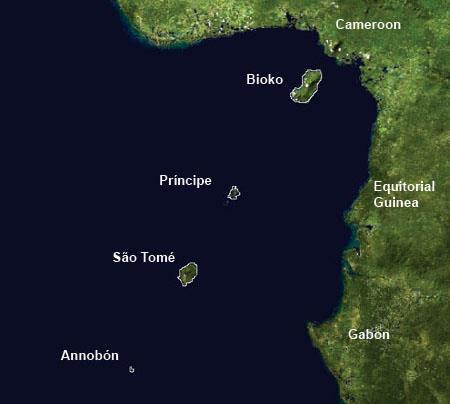
Map of the Gulf of Guinea
2 notes
·
View notes
Photo
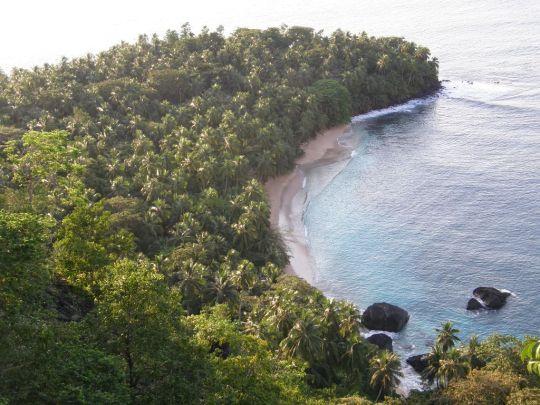

Banana beach, Príncipe island
7 notes
·
View notes
Photo
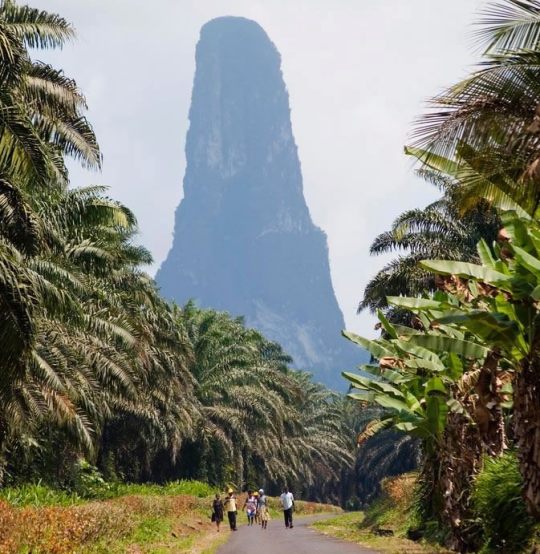
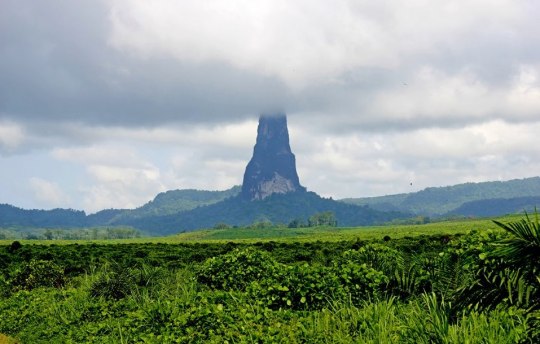
Cão Grande (big dog) hill, São Tomé and Príncipe
19 notes
·
View notes
Photo




Food of São Tomé and Príncipe: jaca fruit (first two photos), flying fish and sugar Izaquente
13 notes
·
View notes
Photo
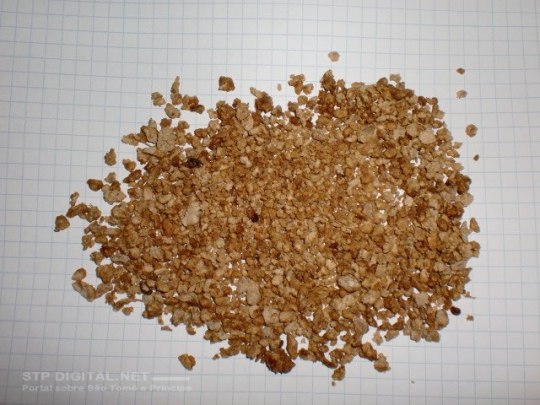
Sweet ginger (gengibre doce) from the island of São Tomé, used as a stimulant and carminative for dyspepsia, gastroparesis, slow motility symptoms, constipation, and colic.
0 notes
Photo

(born Jan. 20, 1921, São Tomé—died Dec. 31, 1963, Lisbon, Port.), Francisco José Tenreiro was an African poet writing in Portuguese, whose verse expresses the sufferings of the indentured labourers of the islands of São Tomé and Príncipe.
Tenreiro, the son of a Portuguese administrator and an African woman, spent much of his life in Portugal, where he earned a doctorate in geography from the University of Lisbon in 1961. Subsequently he worked as a professor at the Higher Institute for Overseas Social and Political Sciences in Lisbon and became a deputy representing Sao Tome and Principe in the Portuguese National Assembly.
#Francisco José Tenreiro#Tenreiro#poetry#literature#Portuguese literature#Portuguese#African literature#history of Africa#Africa
7 notes
·
View notes
Photo
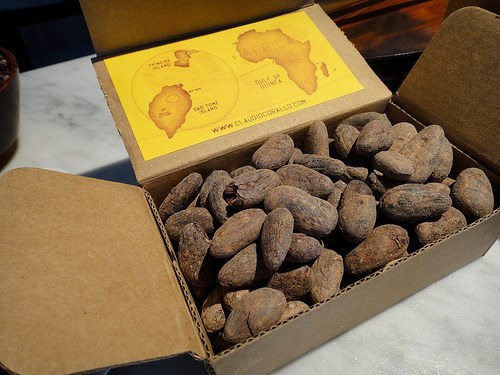
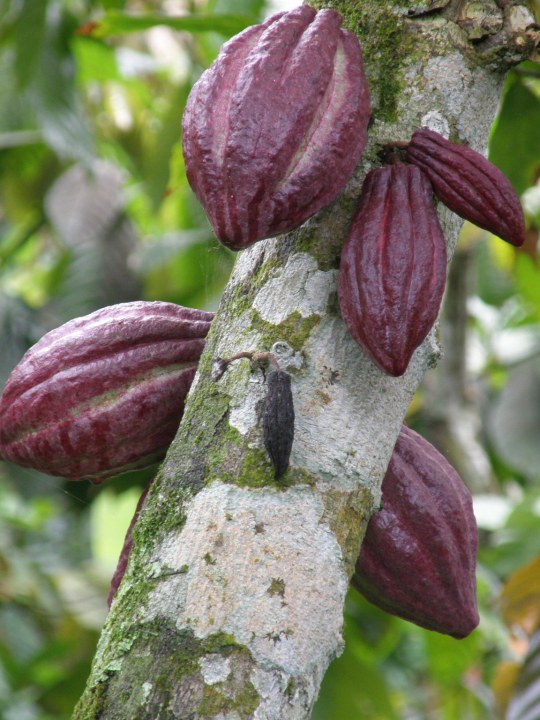
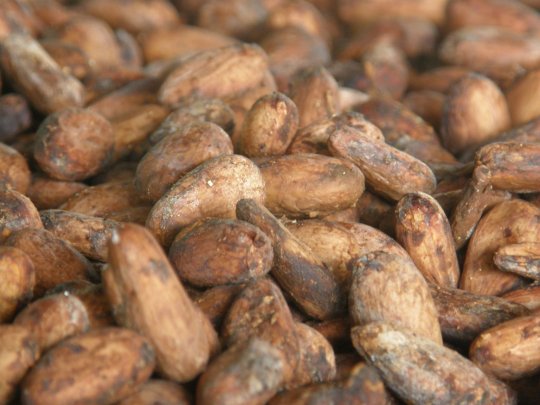

In the early 19th century, two new cash crops were introduced in the islands of São Tomé and Príncipe, coffee and cocoa. The rich volcanic soils proved well suited to the new cash crop industry, particularly cocoa, and soon extensive plantations (known as “roças”) occupied almost all of the good farmland. By 1908, São Tomé and Príncipe had become the world’s largest producer of cocoa, which remains the country’s most important crop.
13 notes
·
View notes
Photo
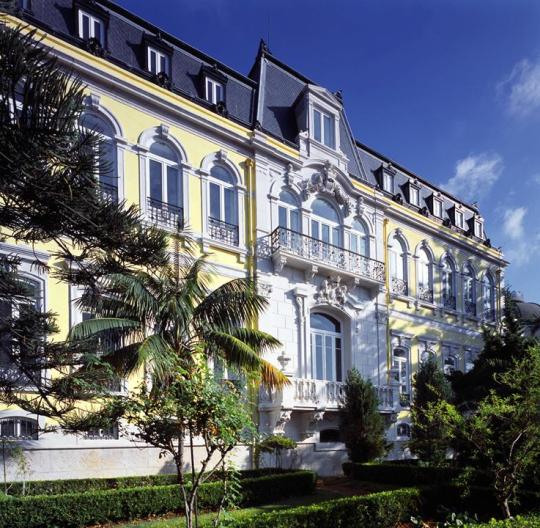

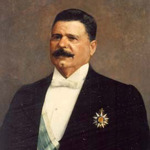
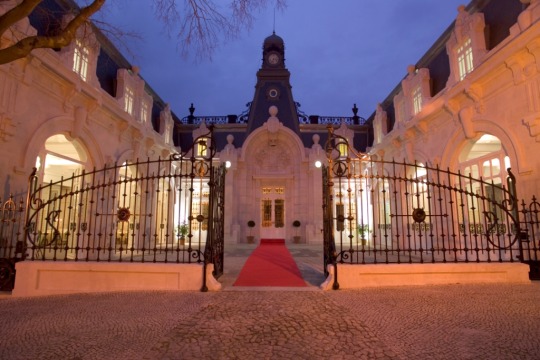
The Marquis de Valle-Flôr and his palace in Lisbon (today the Pestana Palace Hotel). Valle-Flôr was one of the main landowners in São Tomé and Príncipe. He began his career as a shopkeeper in the archipelago and got into the cocoa business at the right time making a fortune by producing and exporting this product to Europe and the United States. In 1890 he was made a viscount by Kind Carlos I and in 1907 he was made a Marquis.
#cocoa#History of Portugal#Portugal#Africa#African history#Vale flor#hotel pestana#pestana palace#Lisbon#Lisboa
14 notes
·
View notes